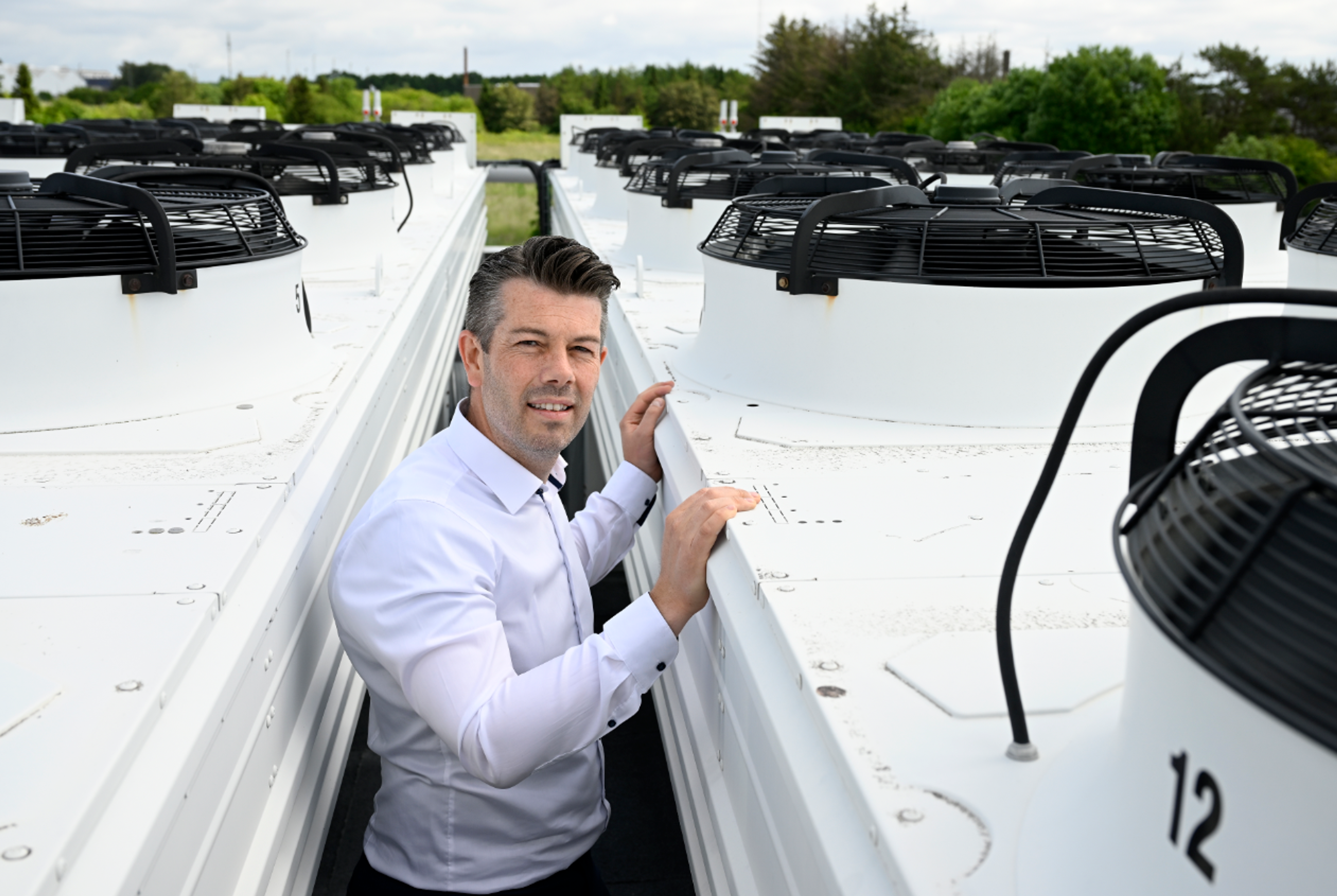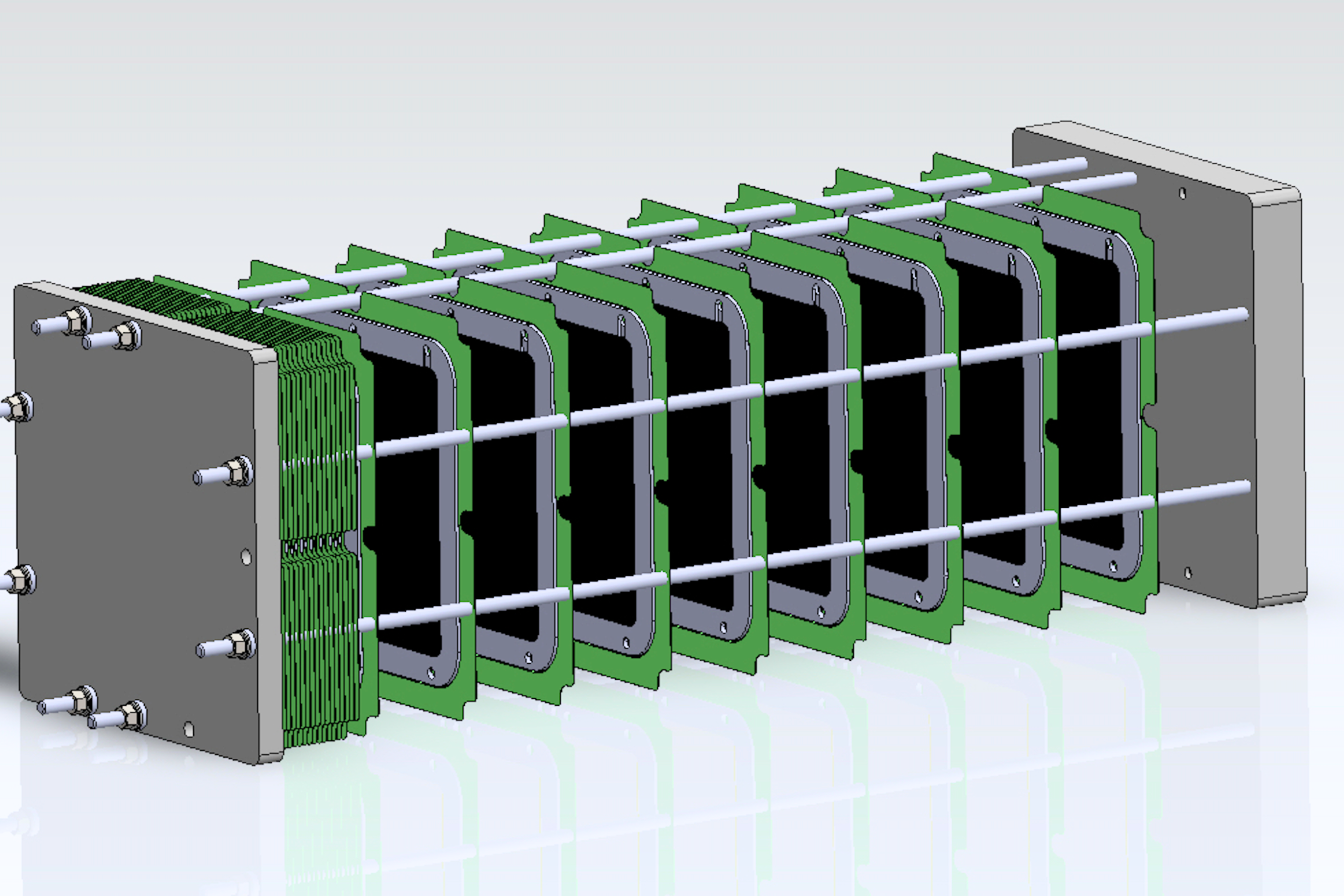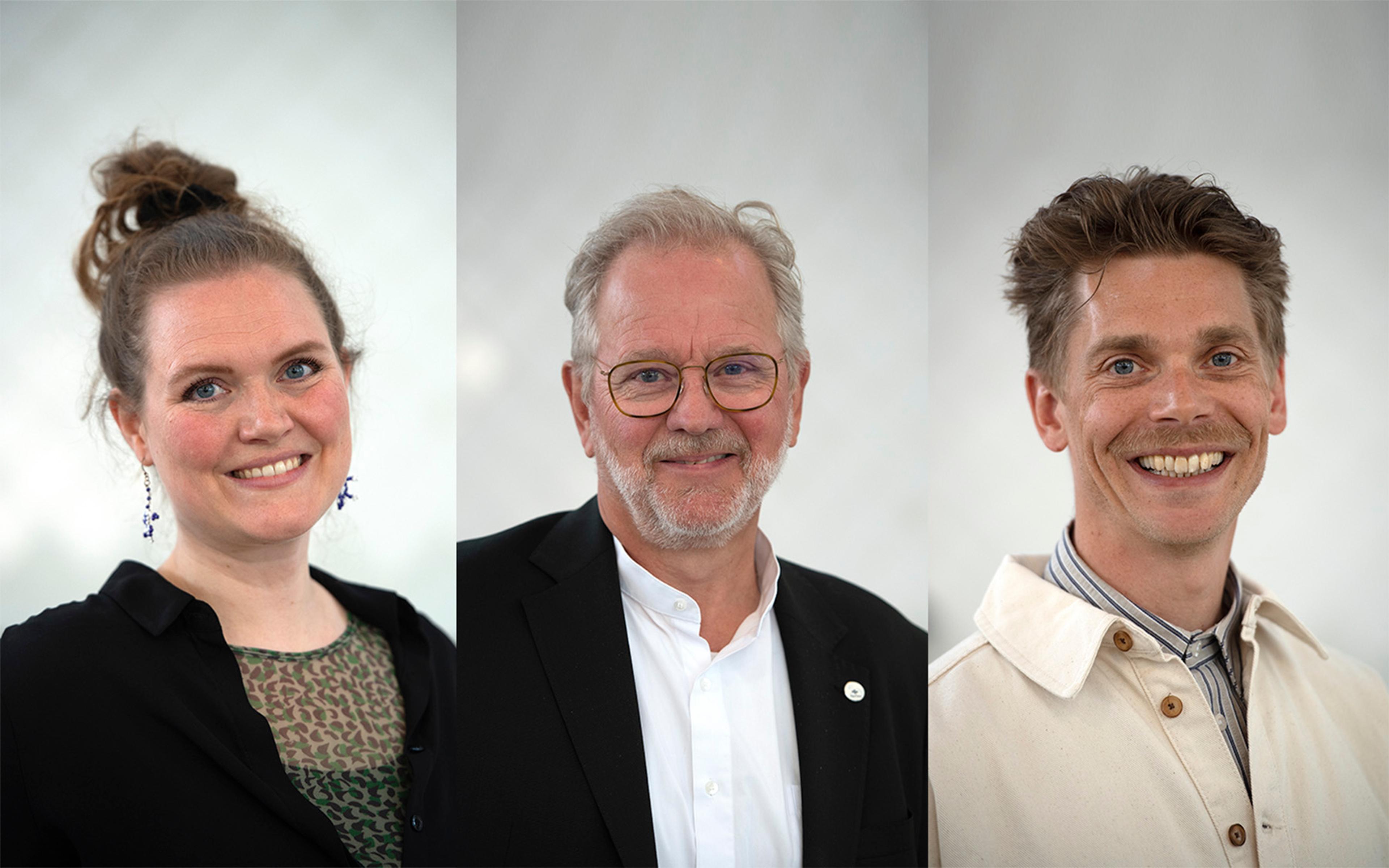Danish Hydrogen Sensor Sets New Safety Standard for Power-to-X

An improved hydrogen sensor boosts safety in Power-to-X processes. Developed through an innovation project, the sensor has the potential to monitor hydrogen levels globally.
The green transition demands innovative solutions – and hydrogen plays a key role as both energy storage and fuel.
When it comes to hydrogen, safety is critical, as even small amounts can become dangerous when combined with, for instance, oxygen.
A newly improved sensor monitors hydrogen concentrations in real time, significantly enhancing safety in hydrogen production and Power-to-X processes. And the potential is vast.
The sensor has been developed through the recently completed SafePtX innovation project – a collaboration between SulfiLogger A/S, Green Hydrogen Systems A/S, the Danish Institute of Fire and Security Technology (DBI), and the Danish Gas Technology Centre (DGC). The project was facilitated by Energy Cluster Denmark.
Simpler, more robust, and cost-effective
Vickie Schultz-Falk, Senior R&D Scientist at Green Hydrogen Systems, has tested the new sensor at their facility. She sees the sensor's launch as a major milestone for the entire hydrogen ecosystem.
“The SulfiLogger sensor provides highly valuable data and shows excellent performance and robustness – which is essential in addressing the challenging environments we measure in,” she says.
According to SulfiLogger COO Steffen Møller, the project marks a breakthrough for safety in the hydrogen industry.
“The sensor is robust and tailored specifically for the hydrogen market. It features built-in diagnostics and measures directly in the process gas, which improves measurement quality while reducing complexity in installation, operation, and maintenance. These improvements will increase uptime and productivity in hydrogen production while lowering overall costs,” he explains.
Safety is crucial in PtX and electrolysis processes
“You can’t safely operate an electrolysis plant without hydrogen sensors. While existing solutions do exist, we’re striving to develop even better ones for the future. In systems where hydrogen and oxygen work closely together, continuous monitoring is essential to ensure we stay below critical thresholds,” says Vickie Schultz-Falk, who tested the new sensor at Green Hydrogen Systems.
Many hydrogen sensors on the market are complex to install and struggle with the harsh conditions in electrolysis plants – challenges this new sensor helps to overcome, according to Steffen Møller:
“The sensor reduces the number of components in electrolysis systems, simplifying installation and lowering the need for maintenance and system complexity. At the same time, our SIL2 certification is nearly complete – a sought-after qualification in the market and an important step forward for us.”
While SulfiLogger developed the sensor and Green Hydrogen Systems tested it, DGC and DBI contributed expertise on safety and gas system monitoring.
“When it comes to hydrogen, we’re dealing with an extremely flammable gas. The new sensor enables early detection and response to hydrogen leaks – before concentrations become critical – reducing the risk of fires and explosions,” says Ken Olsen, Technical Lead at DBI.
“This could be huge for us”
Following the completion of the project, SulfiLogger has brought the hydrogen sensor to market – and interest is both high and global.
The company is in talks with over 30 electrolysis plant manufacturers across continents, with Europe and the U.S. as its main markets.
“Our tests and operational experience show that SulfiLogger’s sensor delivers accurate measurements in tough conditions – something no other sensor on the market has managed so far,” says Steffen Møller.
Glenda Napier, CEO of Energy Cluster Denmark, which facilitated the project, adds:
“SafePtX has been a successful innovation project that ensures sensors for Power-to-X are both reliable and competitive. We certainly hope that Danish manufacturers will capture a significant share of the future global market for hydrogen and sensor technologies.”
Latest news
Skibsbyggerivej 5, 3. sal.
9000 Aalborg
Navitas
Inge Lehmanns Gade 10
8000 Aarhus C
House of Offshore Innovation
Kanalen 1
6700 Esbjerg
Port House
Vendersgade 74
7000 Fredericia
BLOXHub
Bloxhub, Bryghusgade 8, 3. sal,
1474 København K
Energy Cluster Denmark
Nørre Havnegade 43
6400 Sønderborg
©Energy Cluster Denmark 2025






